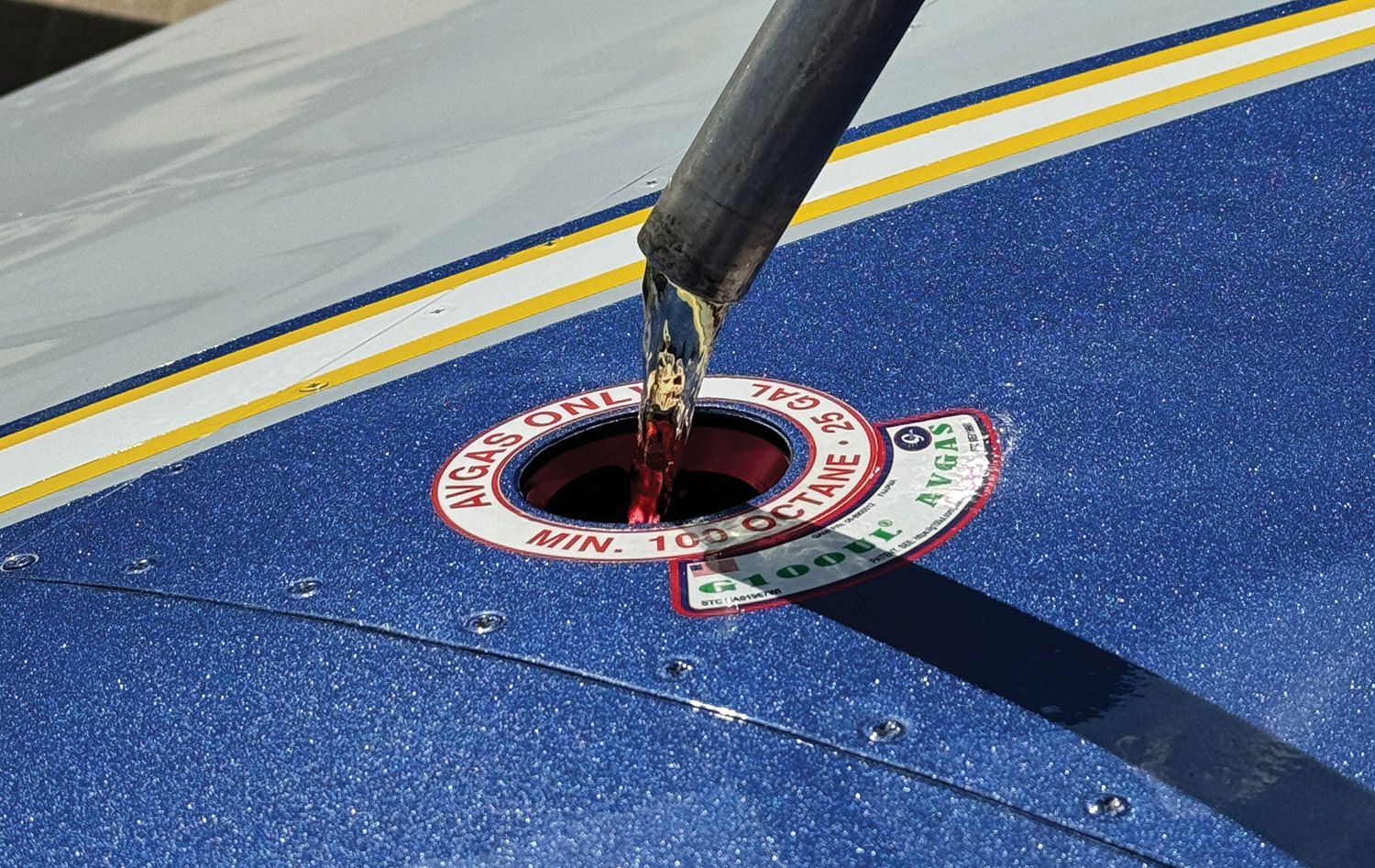Longtime lurker on this topic; it’s incredible to me how long this is taking.

 www.avweb.com
www.avweb.com

GAMI Unleaded G100UL Eyed To Go On Sale In California By Summer - AVweb
Aircraft operators in California will likely be the first to be able to fill their tanks with unleaded 100 octane aviation fuel. General Aviation Modifications Inc. head of engineering George Braly told AVweb the company has signed a licensing agreement with petroleum company Vitol Aviation and...
 www.avweb.com
www.avweb.com


